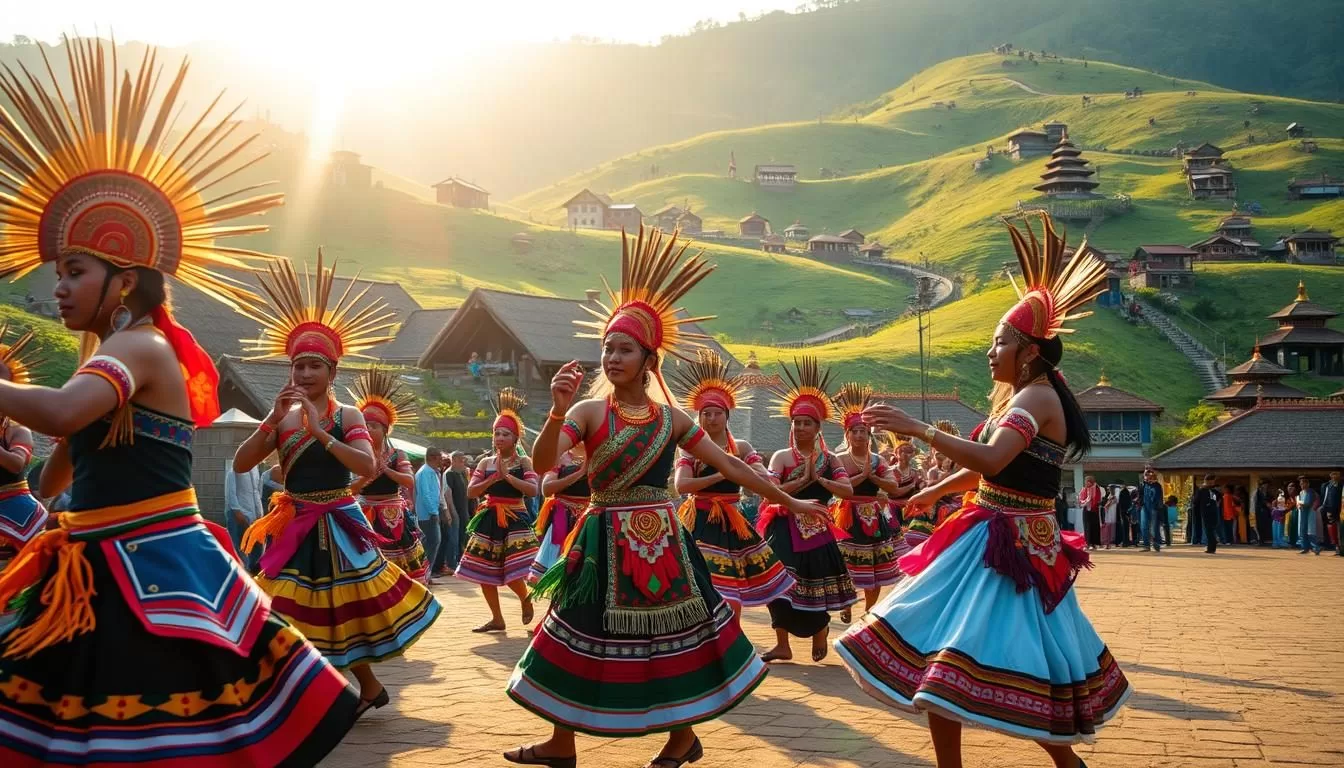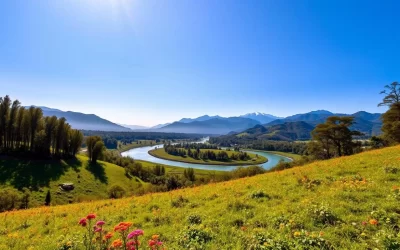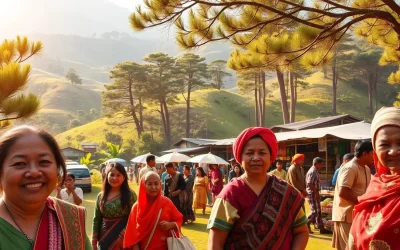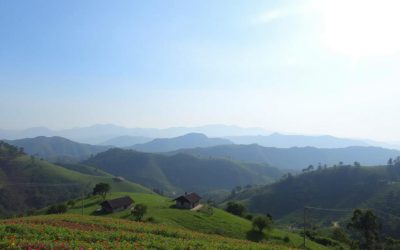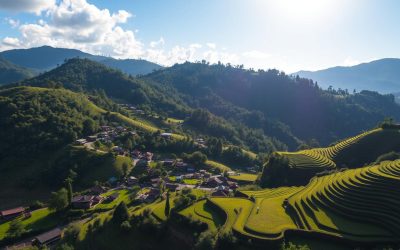✓ Accommodations✓ Flights✓ Rental Cars
Imagine immersing yourself in a state where tribal traditions come alive through colorful celebrations throughout the year.
Nagaland offers a unique cultural experience, with its festivals serving as a window into the region’s ancient traditions and community bonds.
By planning your visit around these vibrant events, you can transform your travel experience into an immersive cultural adventure, gaining insights into the region’s diverse tribal cultures and heritage.
The Cultural Tapestry of Nagaland
Nagaland’s cultural identity is deeply rooted in its tribal heritage, which is vividly expressed through various festivals and rituals throughout the year. As a predominantly tribal state with sixteen to seventeen tribal groups, the cultural landscape is rich and diverse.
Tribal Heritage and Diversity
Nagaland is home to a multitude of tribal communities, each with its unique culture and traditions. The diversity is reflected in their celebrations, which are an integral part of their identity. You’ll find that the people of Nagaland are deeply connected to their land and their traditional belief systems.
The Significance of Festivals in Naga Culture
Festivals in Naga culture are more than just celebrations—they’re vital expressions of tribal identity and community cohesion. Some key aspects of Naga festivals include:
- Tying in with agricultural cycles, marking important seasons for planting and harvesting.
- Reinforcing tribal bonds and providing opportunities for young people to find partners.
- Preserving cultural knowledge and passing it to younger generations through rituals, songs, and dances.
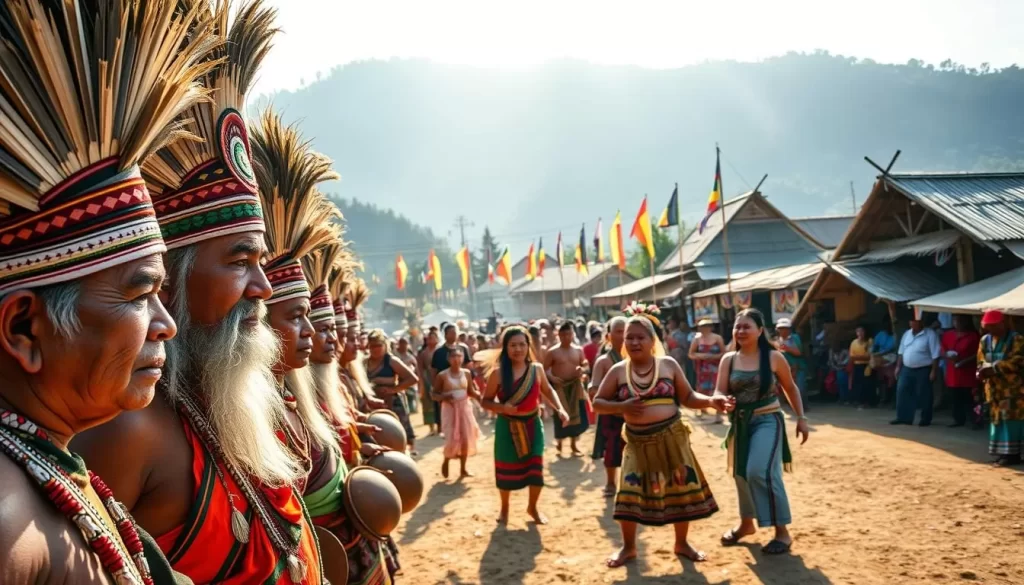
Hornbill Festival: The Festival of Festivals
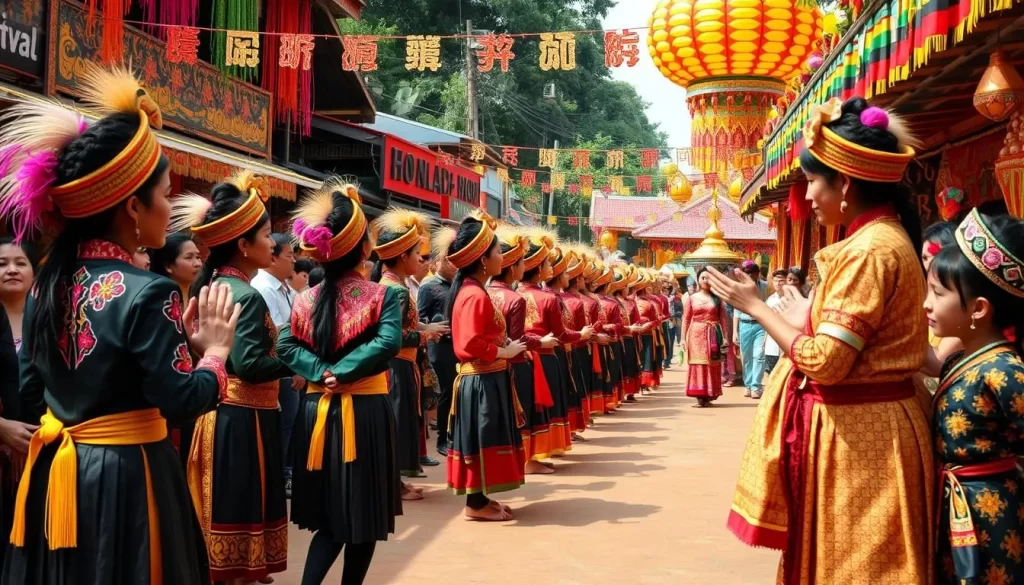
Experience the essence of Naga culture at the Hornbill Festival, a unique blend of traditional performances, local cuisine, and artisanal crafts. This grand celebration, also known as the ‘Festival of Festivals,’ is a must-attend event when visiting Nagaland.
Origin and Significance
The Hornbill Festival was initiated in 2000 to promote cultural heritage and inter-tribal harmony among the Naga tribes. It is named after the hornbill bird, which is revered for its significance in Naga folklore. The festival signifies unity and cultural richness, showcasing the diverse traditions of Nagaland.
When and Where to Experience It
The Hornbill Festival is typically held in December at the Kisama Heritage Complex in Kohima, Nagaland. This venue is specifically chosen for its historical significance and ability to accommodate the large number of attendees.
What to Expect: Activities and Highlights
When you attend the Hornbill Festival, you’ll be immersed in a vibrant showcase of Naga culture through:
- Traditional dance performances from all major Naga tribes, each with distinctive costumes and musical accompaniment.
- A chance to sample authentic Naga cuisine, including exotic dishes featuring fermented soybean, bamboo shoots, and insect delicacies.
- Participation in or observation of traditional Naga games and sports, such as wrestling competitions and bamboo pole climbing.
- A craft bazaar showcasing traditional Naga handicrafts, textiles, and artwork, offering authentic souvenirs.
- Music events featuring both traditional tribal performances and contemporary music.
This festival is a true celebration of Naga heritage, offering something for everyone.
Sekrenyi: The Purification Festival
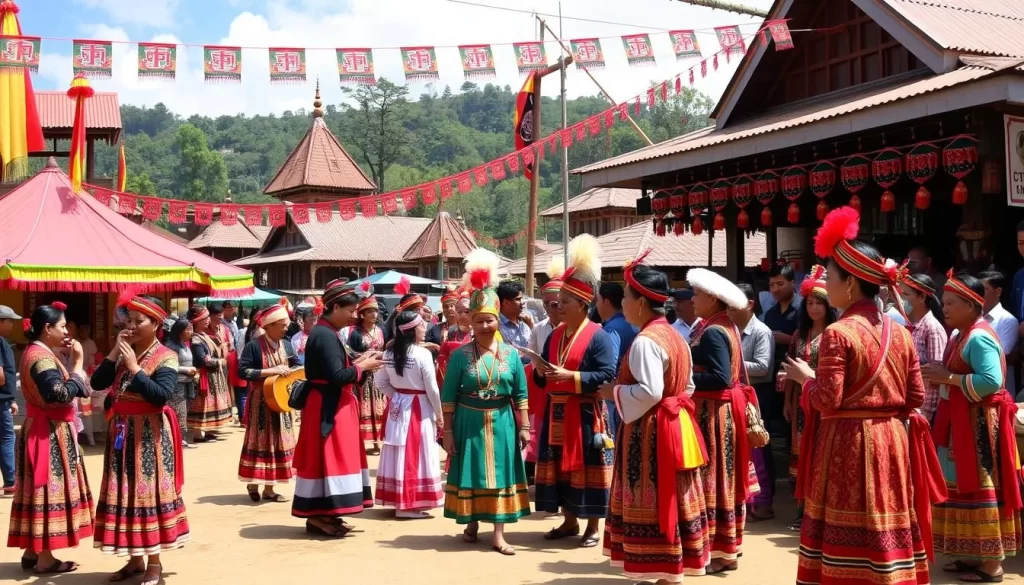
The Angami tribe’s most important festival, Sekrenyi, is a purification ritual that offers a glimpse into Nagaland’s diverse cultural traditions. This 10-day celebration is observed with great enthusiasm and is crucial to the Angami community.
Cultural Importance to the Angami Tribe
Sekrenyi holds significant cultural importance for the Angami tribe, as it symbolizes purification and renewal. The festival is a time for the community to come together, cleanse their spirits, and rejuvenate their connection with nature and each other.
Festival Rituals and Celebrations
During Sekrenyi, the Angami people perform various rituals, including ceremonial dances, feasting, and traditional singing. The festival is marked by a series of sacred rituals performed in the village, which are believed to purify the community and bring prosperity.
Best Places to Witness Sekrenyi
The most authentic Sekrenyi celebrations take place in traditional Angami villages around Kohima. Villages like Khonoma, Kigwema, and Jakhama offer vibrant celebrations, while Kohima itself provides more accessible public settings to witness the rituals. For a more immersive experience, consider visiting the Angami villages in the southern part of Kohima district.
Aoleang: Welcoming the Spring
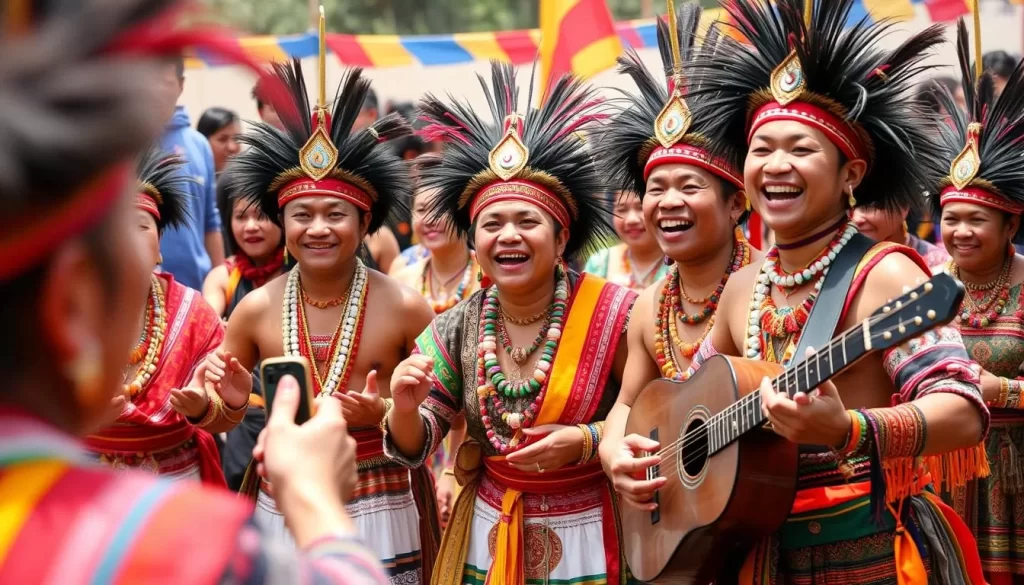
The Konyak Naga tribe’s New Year celebration, known as Aoleang, is a unique cultural experience that takes place during the first week of April. This significant festival marks the beginning of spring in Nagaland and is a time for renewal and celebration.
The Konyak Tribe’s New Year Celebration
The Aoleang festival is deeply rooted in the culture of the Konyak tribe, who reside primarily in the Mon district of Nagaland. It’s a time when the community comes together to bid farewell to the old and welcome the new.
Traditional Customs and Performances
During Aoleang, you can expect to witness vibrant traditional customs and performances, including religious services, music, and dance. The festival is a showcase of the rich cultural heritage of the Konyak tribe.
Experiencing Aoleang in Mon District
The most authentic Aoleang celebrations take place in Mon district, the traditional homeland of the Konyak tribe. Villages like Longwa, Chen, and Mon Town offer a glimpse into the tribe’s rich cultural practices, making them ideal places to visit during the festival.
Tuluni: The Festival of Abundance
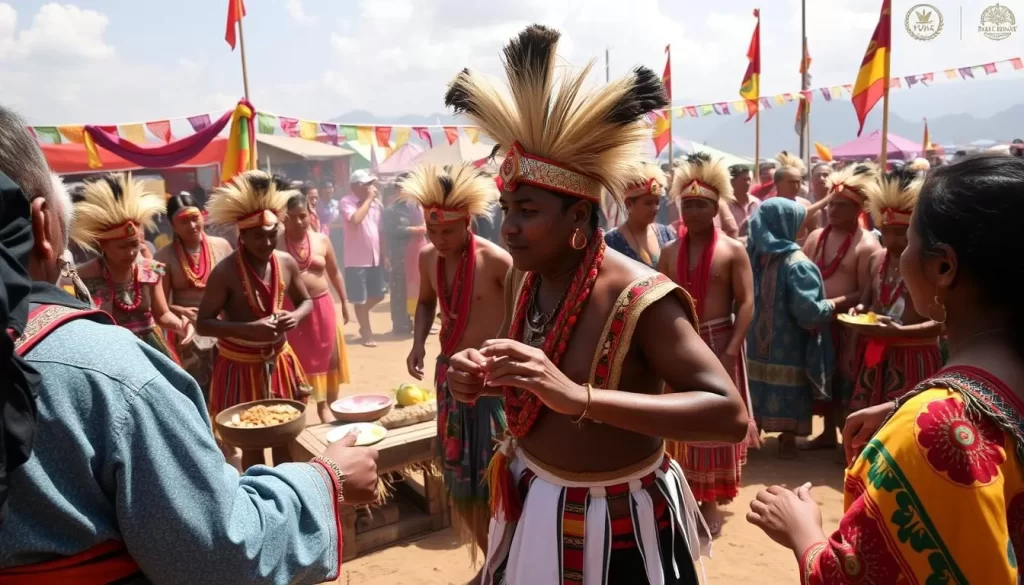
Tuluni, a significant festival for the Sumi tribe, takes place in the first week of July. This vibrant celebration is a testament to the rich cultural heritage of the Sumi people.
Significance to the Sumi Tribe
The Tuluni festival holds great cultural importance for the Sumi tribe, marking a period of abundance and thanksgiving. It’s a time when the community comes together to celebrate their harvest.
Harvest Celebrations and Community Bonding
During Tuluni, the Sumi tribe celebrates with traditional dances, feasting, and communal activities. It’s a place where community bonding is strengthened through shared rituals and customs. Visitors can experience the warmth of Sumi hospitality in places like Satakha, Satoi, and Zunheboto town.
Visitor’s Guide to Tuluni
To experience Tuluni, plan your visit to Zunheboto district during the first week of July. Be prepared to participate in communal meals and respect local customs. Basic accommodations are available in Zunheboto town, but advance booking is recommended.
Tokhu Emong: Celebrating the Harvest
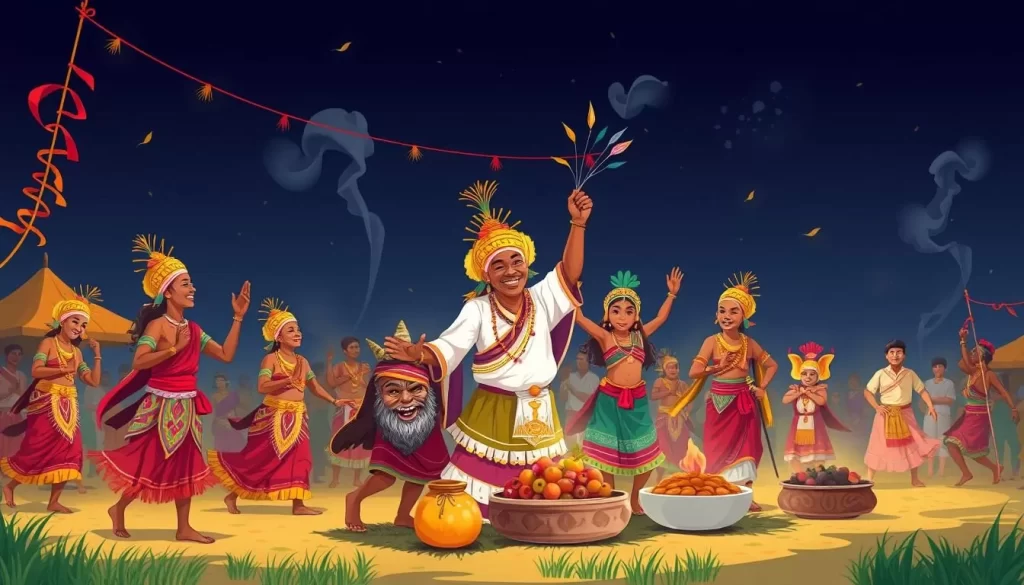
In the heart of Nagaland, the Lotha tribe comes together to celebrate Tokhu Emong, a joyous harvest festival. This significant event is a time for the community to express gratitude for the harvest and seek blessings for the future.
The Lotha Tribe’s Post-Harvest Celebration
The Tokhu Emong festival is a post-harvest celebration, marking the end of the agricultural season for the Lotha tribe. It’s a period of thanksgiving and merriment.
Festival Traditions and Feasting
During Tokhu Emong, the Lotha community engages in traditional dances, singing, and feasting. The festival is characterized by its vibrant cultural displays and communal bonding.
When and Where to Join the Festivities
Tokhu Emong takes place during the first week of November each year. The most authentic celebrations can be found in Wokha district, particularly in places like Wokha Town, Bhandari, and Sanis. This is the ideal place to experience the rich cultural heritage of the Lotha tribe.
Tsukhenyie: The Men’s Festival
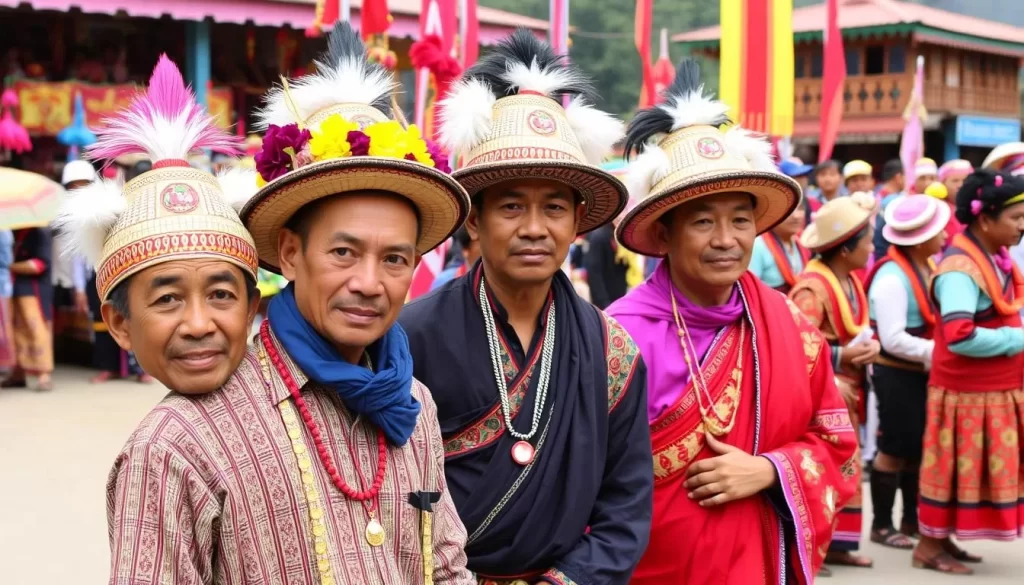
As a crucial part of the Chakhesang agricultural calendar, Tsukhenyie is a festival that you shouldn’t miss when visiting Nagaland. It’s a significant event that takes place in the Phek district, where the Chakhesang tribe comes together to celebrate.
Unique Rituals of the Chakhesang Tribe
The Tsukhenyie festival is characterized by its unique rituals, which are deeply rooted in the Chakhesang culture. Men adorned in traditional attire featuring bright colors and distinctive Chakhesang patterns participate in the celebrations, creating an atmosphere of joy and color. You’ll find that despite its solemn ritual purpose, the festival atmosphere is joyful and colorful.
Cultural Significance and Observations
Tsukhenyie plays a vital role in the Chakhesang agricultural calendar, serving as a spiritual preparation that must take place before farming activities can begin. The harvest season is closely tied to this festival, which reinforces male social bonds and provides a space for intergenerational knowledge transfer about agricultural practices and spiritual beliefs. When you observe Tsukhenyie in a village, you’re witnessing a tradition that has regulated community life and agricultural cycles for countless generations among the Chakhesang people in this place.
Naknyulem: Celebration of Friendship and Culture
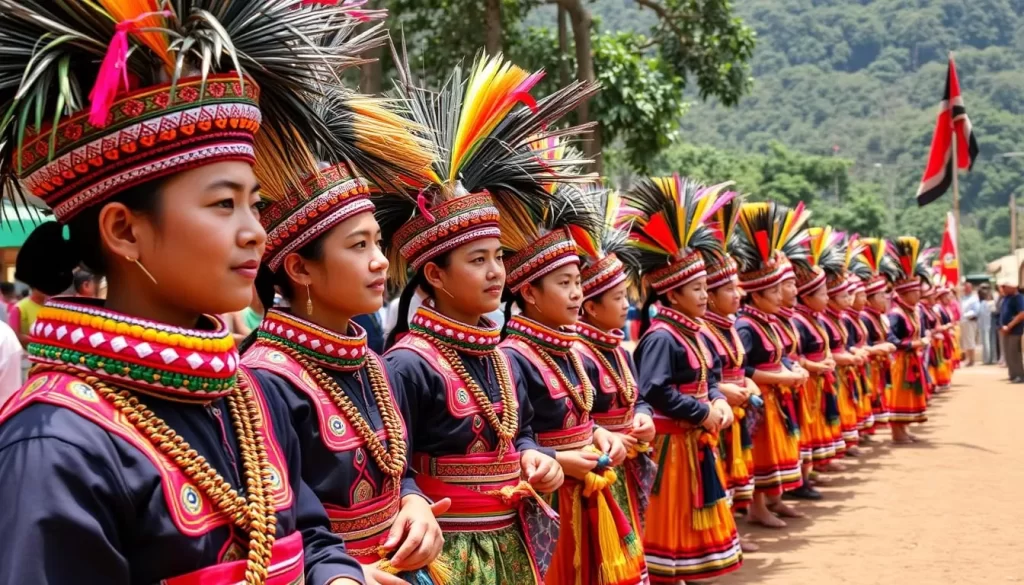
Experience the warmth of Naga hospitality at Naknyulem, a festival that embodies the spirit of friendship and cultural richness. This vibrant celebration is a testament to the Chang tribe’s rich traditions and community bonding.
The Chang Tribe’s Festive Traditions
The Chang tribe’s festive traditions are deeply rooted in their cultural heritage. Naknyulem features a wide array of traditional games and competitions that showcase physical prowess, skill, and good-natured community rivalry. You’ll witness unique games like tug-of-war, long jump, and high jump, alongside more unusual challenges.
Games, Music, and Cultural Showcases
During Naknyulem, you’ll be treated to the mystical sound of the ‘Kongkhim,’ a traditional Naga instrument played exclusively by women. The music and dance performances are integral to the festival, with traditional songs telling stories of historical events and everyday life. The festival also highlights the balance between men and women‘s contributions to the celebrations, reflecting the complementary gender roles in Chang society.
Mimkut: Honoring the Harvest
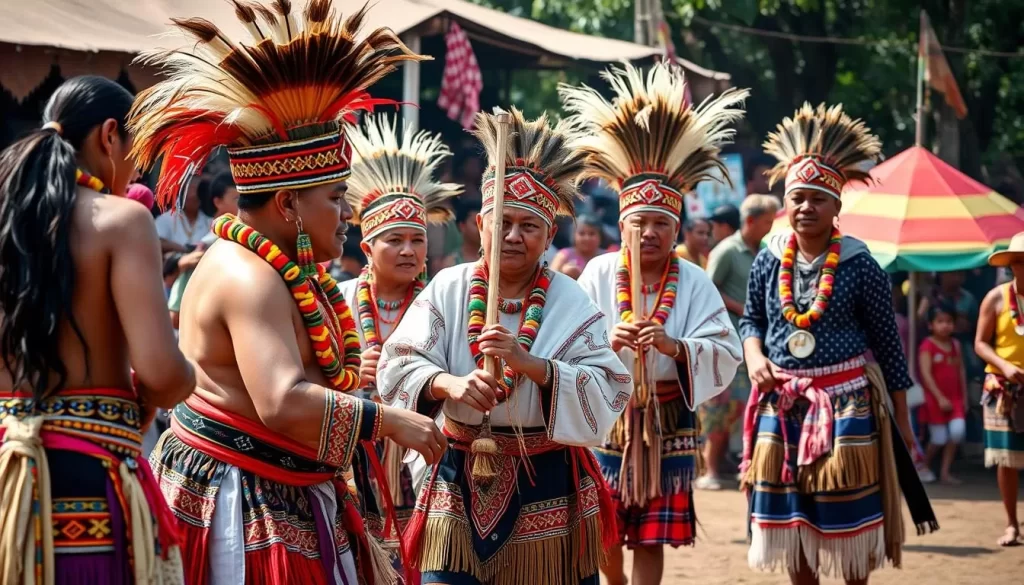
As you explore the vibrant cultural landscape of Nagaland, you’ll come across the Mimkut Festival, a significant celebration for the Kuki tribe. This festival is a unique opportunity to witness the rich cultural heritage and traditions of the Kuki community.
The Kuki Tribe’s Religious Festival
The Mimkut Festival is deeply rooted in the religious beliefs of the Kuki tribe. It’s a celebration that honors the harvest season and involves various rituals to ensure a bountiful yield. The Kuki people believe in appeasing their deity, Thilha, through these rituals.
Rituals and Celebrations
During the Mimkut Festival, you’ll witness the sacrifice of a fowl as an offering to Thilha. The celebration also includes the preparation of special foods and drinks, such as rice wine and homemade bread. The Kuki tribe believes that the souls of their ancestors visit during this time, blessing their families. The celebrations are a testament to the community’s strong bond and cultural identity.
The festival is characterized by traditional songs and dances that narrate stories of agricultural success and mythological tales. The communal nature of the celebrations reinforces social bonds within the Kuki community, making it a truly enriching experience.
Nagaland, India: Top Festivals to Check Out When Visiting – Seasonal Guide
Throughout the year, Nagaland hosts a diverse array of festivals that showcase its cultural richness. The state’s festive calendar is packed with celebrations, each unique to its tribes and traditions.
Winter Festivals (December-February)
Winter in Nagaland brings the Hornbill Festival, a significant event that showcases the state’s cultural heritage. It’s a time when various tribes come together to celebrate with traditional dances, music, and feasting.
Spring and Summer Celebrations (March-July)
As spring transitions into summer, Nagaland celebrates festivals like Aoleang and Sekrenyi. These festivities mark important milestones in the Naga calendar, including the welcoming of spring and purification rituals.
Autumn Harvest Festivals (August-November)
Autumn is a time of harvest in Nagaland, with tribes celebrating the end of the agricultural year. Festivals like Tokhu Emong and Metemneo are notable events, featuring traditional games, dances, and community feasts.
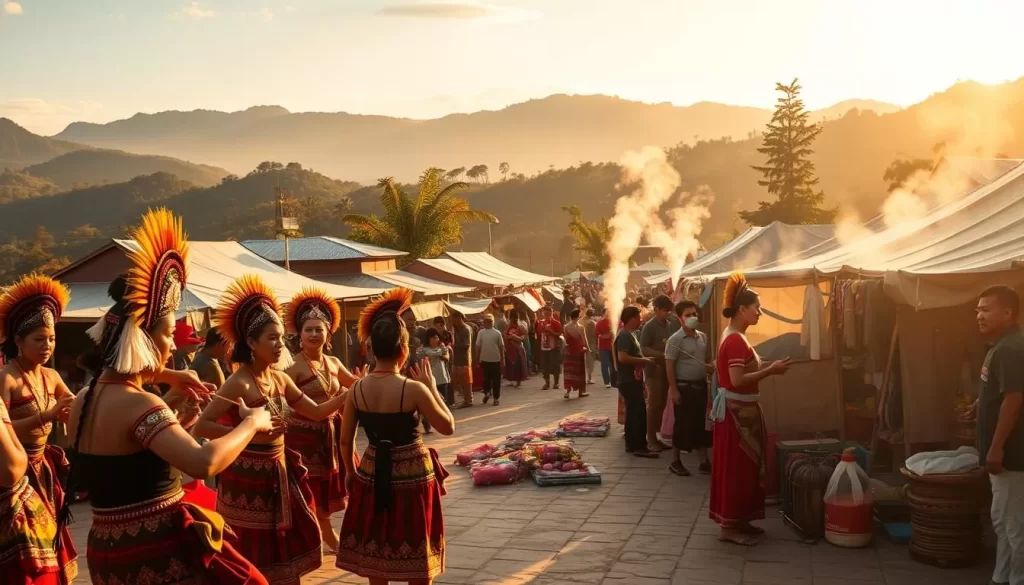
Planning Your Festival Trip to Nagaland
To truly experience the essence of Nagaland’s festivals, it’s crucial to plan your visit carefully, taking into account the best time and local traditions.
Best Times to Visit
Nagaland’s festivals are spread throughout the year, but the best time to visit is during the winter months (December to February) when the Hornbill Festival takes place.
Transportation and Accommodation Tips
Getting to Nagaland is relatively straightforward, with Dimapur being the nearest major airport. For accommodation, options range from budget-friendly guesthouses to luxury hotels. It’s advisable to book in advance, especially during peak festival seasons.
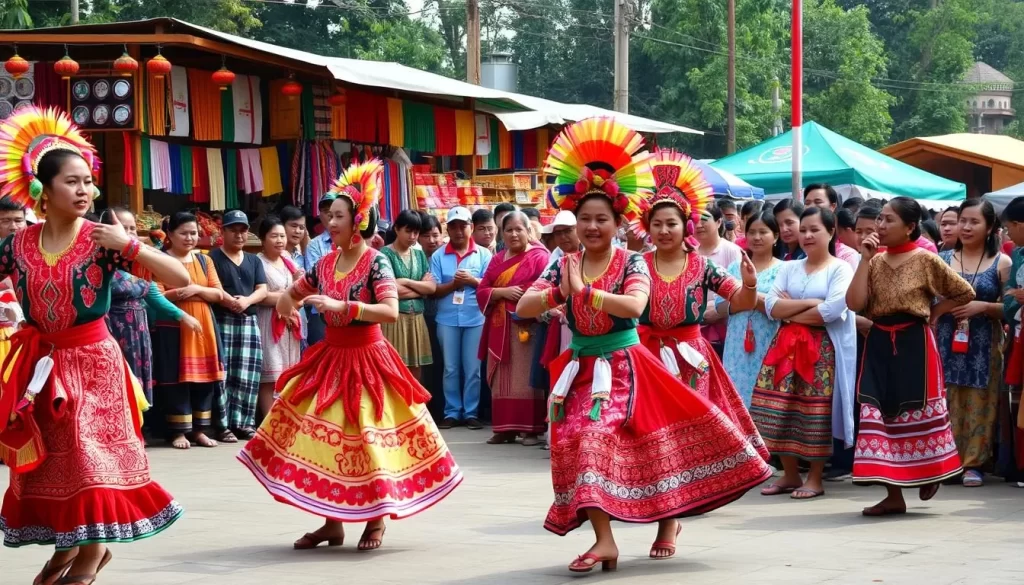
Cultural Etiquette for Festival Visitors
When attending Nagaland’s festivals, it’s essential to respect local customs and people. This includes dressing modestly, asking permission before taking photographs, and following local practices during ceremonies.
- Dress modestly, covering shoulders and knees, especially during traditional ceremonies.
- Ask permission before photographing individuals, particularly during religious rituals.
- Accept food and drink offered as a gesture of hospitality when invited to homes or community feasts.
Conclusion: Experiencing the Rich Cultural Heritage of Nagaland
As you explore Nagaland, you’ll discover a rich cultural heritage that’s vibrantly alive in its festivals. Each festival offers a unique window into the region’s diverse culture and heritage, showcasing the deep connections between agricultural cycles, spiritual beliefs, and community structures.
The diversity of festivals across Nagaland’s tribes demonstrates how cultural practices have evolved to address specific environmental conditions and historical experiences. By participating in these celebrations, you become part of a living cultural exchange that helps sustain traditional knowledge and practices for future generations.
Nagaland’s festivals are an integral part of North East India’s rich cultural tapestry. Whether you’re drawn to the elaborate dances, traditional music, or spiritual rituals, Nagaland’s festivals offer something meaningful for every cultural explorer, making them an unforgettable part of your journey.
The above is subject to change.
Check back often to TRAVEL.COM for the latest travel tips and deals.
